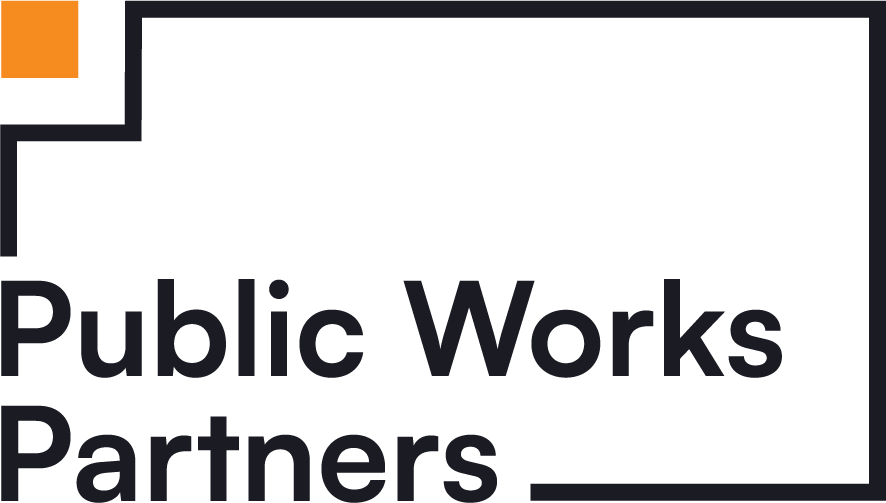Electric transportation is getting a lot of attention these days, and with good reason.
Transportation was the largest contributor of greenhouse gases in 2019 in the United States, producing 29% of total emissions according to the EPA. Fortunately, electric vehicle technology is progressing quickly, and governments across the country are making significant strides in promoting clean ways of getting around.
That doesn’t mean there aren’t huge opportunities for cities and states to do more. In the coming years and decades, investments in electric modes of transportation — and the charging infrastructure to power them — will be critical to reducing greenhouse gas emissions and improving the health and resilience of communities. They will also be key tools to helping cities and municipalities jump start their economies following the pandemic.
Progress toward gas-free cities is already underway
New York City and State are already hard at work devising strategies to bring clean energy and electric vehicle infrastructure into the daily lives of more people.
The New York City Department of Citywide Administrative Services (DCAS) is working to transition to an all-electric on-road fleet by 2040. To date, the City, which already operates the state’s largest electric vehicle fleet, is operating 25 all-electric buses on its routes and recently unveiled a pilot all-electric street sweeper unit. In total, the City currently operates 2,682 electric vehicles and plans to reach 4,000 by 2025. All these new City-owned electric vehicles will require charging infrastructure, putting the City at the forefront of figuring out how to work within the structures of the City’s existing electric grid, which is complex and aging, and how to make improvements to accommodate the increased demand for electricity.
For the state’s part, the New York State Energy Research & Development Authority (NYSERDA) has recently launched a series of initiatives, the Clean Transportation Prizes, with the aim of bringing community-informed clean transportation and mobility infrastructure to environmental justice and disadvantaged communities across the state. The state is also actively pursuing other initiatives in order to reach its goal of obtaining 70% of its electricity from renewable sources by 2030.
Support from the federal government could be key in helping the City and state reach their clean energy goals. The Biden administration’s American Jobs Plan proposes a $174 billion investment in electric vehicle infrastructure, and the White House has also announced additional investments in clean energy, including identifying the New York Bight as a new wind energy area. This proposed funding, combined with the decreasing costs of electric vehicles and clean energy production systems, increasing efficiency, and the expanding electric vehicle market, could and should mean an end to private citizens’ and public sector leaders’ fears of over-investment in electric vehicle infrastructure.
While it will take time to entirely end our dependency on fossil fuels, the City and state of New York are both well on their ways to drastically reducing gas consumption. To achieve their goals, though, they will have to continue to invest in building infrastructure that supports residents and providers to make lifestyle changes that support a greener future.
Opportunities for greater impact down the line
From building new clean energy production hubs and improving power grids to building municipal charging stations and supporting workforce development initiatives that equip mechanics with new skills, there is a lot of work to be done to bring about a large-scale transition to clean energy and transportation.
Electric vehicles require different maintenance than those that run on gas. For starters, electric vehicles have fewer moving parts than traditional internal combustion vehicles, meaning that they need less regular maintenance, like oil changes. On the other hand, the systems involved in electric vehicle maintenance are more computer based, and therefore require more specialized training in IT and automotive technology. Electric vehicle market share has risen steadily in recent years and the cars are also becoming more affordable as manufacturers offer more electric options. This means more demand for trained electric vehicle mechanics. Municipalities can minimize a barrier to electric vehicle adoption while supporting workforce development efforts by investing in training and certification programs that equip mechanics with the skills needed to maintain electric vehicles, from personal cars to buses and trucks.
Improving electric infrastructure to meet the charging needs of private and municipal vehicles also presents a public works opportunity. Surging demand for electricity coupled with a transition to weather dependent energy production and increasingly volatile weather patterns will likely necessitate new systems for managing the flow and storage of electricity. This could lead to an increased demand for technicians trained in computer sciences, IT, and engineering who can maintain these new systems. Related industries, such as construction, will also likely require retraining for key components of the construction process related to energy hookups and energy efficient construction standards. Each of these areas represents an opportunity for government investments in workforce programs that will equip workers with in-demand, tech-forward skills, setting them on career paths in stable, union-backed fields.
Investments in electric vehicle and clean energy infrastructure will also promote long-term health benefits. The Centre for Research on Energy and Clean Air and Greenpeace estimates that the economic impact of lost work, reduced quality of life, and illness stemming from air pollution could have been as high as $870 million in 2018. The unequal distribution of air pollution, which is often greater in and around poorer neighborhoods due to planning decisions like highways, energy plants, and industrial centers that keep housing prices low, places an added burden on these communities, one that can follow residents throughout their lives. Investments in clean transportation and energy production can lead to significant reductions in air pollution in these communities and will be a vehicle for equity.
Implementing comprehensive, equitable, and accessible programs that support electric vehicle and clean energy at scale will be a complex process. But, if implemented thoughtfully and with the informed support of stakeholders, they could have an outsize impact on the quality of people’s lives and the health and resilience of our communities.




